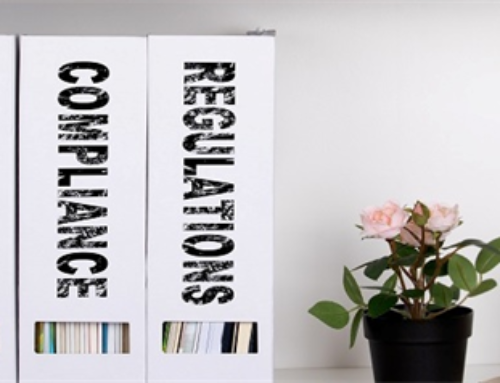If you’re a business owner, you’re probably already drowning in paperwork. HR documents, client information, tax forms, investment statements, and more are par for the course when you’re running a company. But when can these documents be thrown away, and how long should they be kept?
Although we don’t have specific information for you (talk to your accountant), we can tell you how to keep your documents organized for the proper amount of time. Most companies are under some regulatory control when it comes to retaining documents for a specified time, and even documents that aren’t controlled by regulations should be retained for records. Here’s how to make document retention simple and headache-free with document management.
To Toss or Not to Toss? Document Management Makes it Easy
Back in the good ol’ days, purging documents was a time-consuming and meticulous process. Hardcopy documents were stored in filing cabinets, perhaps by year, and once a year the luckless office intern had the task of shredding sensitive documents that had been retained for the proper amount of time.
There are more than a few problems with this old way of doing things. First, it takes up time. Your office intern could be performing much more useful tasks than shredding paper. Second, sensitive documents are sensitive for a reason: social security numbers, client contact information, and more shouldn’t be handled lightly.
Document management takes this outdated process and automates it. Records can be kept electronically and protected from editing, unauthorized access, and deletion within your system for the proper amount of time. When you’re ready to purge, the document management system does the work for you—goodbye, shredder.




